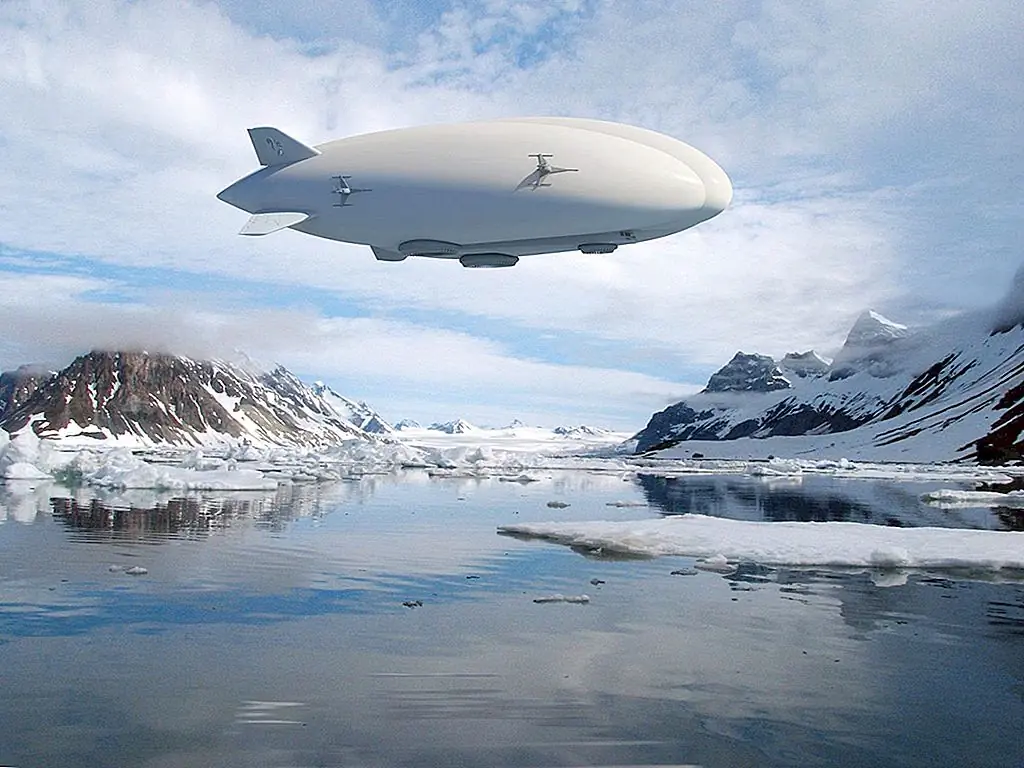Mankind’s achievements of the last century have been many and flight is one of them. People are determined to be curious and never come back for anything when it comes to innovation. Over the years, engineers have built some incredible aircraft that look too unusual to fly above. This is our top 11 list.
AD-1 NASA
The AD-1, also known as the Ames Dryden-1, made its first flight in 1979. The aircraft was part of a test program that was conducted in the following years at the NASA Dryden Flight Research Center. The specialty of the AD-1 was that the wings could swing at an angle – zero to 60 degrees. The plane reportedly flew 79 times before its last flight in 1982.
Image credit: Wikimedia Commons/NASA
Airbus Beluga
Also known as the Super Transporter, the Beluga is the most voluminous cargo space of all time. Although it offers a great service through a unique way of transporting air freight, the Beluga has often been criticized for its appearance. Who knew shame in the aviation community? The airbus borrows its not-so-usual look from the beluga whale: tapered with a bulbous hump. What is striking, however, is the fact that the cargo hold area is equal to no fewer than 671 people.
Read also: Unusual items you didn’t know you can order through room service

Image credit: Wikimedia Commons / Don vip
The Bartini Beriev VVA-14
Designed by Robert Bartini in the 1970s, the VVA-14 was created to destroy US Navy submarines. It was a WIG (wing-in-ground-effect) aircraft that could take off and hover over bodies of water. In the 4-5 years it was functional, the flarecraft flew 107 sorties. The research and test flights came to a halt after Bartini died. The remains of one of the VVA-14s are tucked away in a Russian museum.

Image credit: Flickr/Alan Wilson
Edgley EA-7 Optics
Straight out of a James Bond movie set, this futuristic-looking bird was a perfect fit for today’s times. But you’d be surprised to learn that this beauty took flight for the first time in 1979. Intended to be a cheap alternative to helicopters, the little plane was designed for surveillance purposes. The Optica was recently on display at the 2015 Paris Air Show; the idea was to put the machine back on the market.

Image credit: Flickr/Charly W. Karl
Lockheed Martin P-791
The experimental hybrid airship promises to carry 23 tons of cargo to the most remote places in the world, burning just one-tenth the fuel of a helicopter per ton. The first flight was performed eleven years ago, on January 31, 2006. Since the date, Lockheed Martin has conducted test flights and further research to make the aircraft fully functional. Reports claim that the 120-meter ship will be ready for cargo delivery in 2018.

Image credit: Official Lockheed Martin/Facebook page
McDonnell Douglas X-36
The X-36, an unmanned aerial vehicle, was created by the American aviation company McDonnell Douglas and first flown in the late 1990s. Despite successful test programs, there have been no reports of further development of the aircraft.

Image credit: NASA
NASA M2-F1
Once dubbed the “flying bathtub,” the M2-F1 was created to test the concept of the wingless lifting body. In the early 1960s, NASA Dryden management agreed to build a prototype that was lightweight and not powerful. Construction was wrapped up by 1963.

Image credit: Wikimedia Commons/NASA
Scaled composites White Knight Two
It is a crewed, twin-turbo jet aircraft that was built to launch high-altitude sub-orbital spacecraft SpaceShipOne. It took its maiden flight in 2002 and last in 2014. To name a few features of the aircraft, it can handle payloads of up to 3,600 kilograms and can ascend to 53,000 feet.

Image credit: Flickr / D. Miller
Strato Launch Carrier Plane
Paul Allen’s Microsoft co-founder Stratleyunch has built the world’s largest airplane, in terms of its wingspan (of 385 feet), believed to be longer than a football field. The transport aircraft weighs 500,000 pounds. In May 2017, the colossal aircraft was first removed from the hangar for fuel tests.

Image credit: Paul G Allen / Facebook
SuperGuppy
Designed by Aero Spacelines, this aircraft is hugely wide and intended to carry oversized cargo. Operated by NASA, it took its first flight in 1965.

Image credit: Wikimedia Commons/NASA/Tony Landis
Read also:
Around The Globe On Cargo Ships





